Optimal Timing for Top Soil Spreading
Determining the optimal time for top soil spreadings depends on various environmental and project-specific factors. Proper timing ensures soil stability, nutrient retention, and successful establishment of vegetation or landscaping features.
Spring is often considered ideal for top soil spreadings due to moderate temperatures and increased moisture, promoting soil integration and seed germination.
Autumn allows for soil settling before winter, with cooler temperatures reducing evaporation and supporting root development.
Timing should avoid periods of heavy rain, drought, or extreme cold to prevent soil erosion, compaction, or poor seedling growth.
Top soil spreading is often scheduled after construction is complete to prepare the land for landscaping or planting activities.
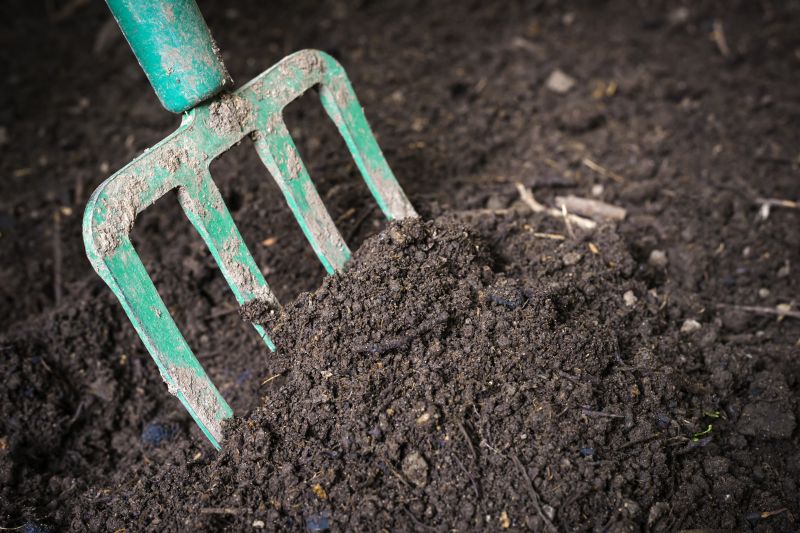
Ways to make Top Soil Spreadings work in tight or awkward layouts.

Popular materials for Top Soil Spreadings and why they hold up over time.
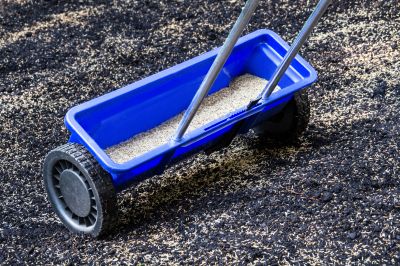
Simple add-ons that improve Top Soil Spreadings without blowing the budget.

High-end options that actually feel worth it for Top Soil Spreadings.
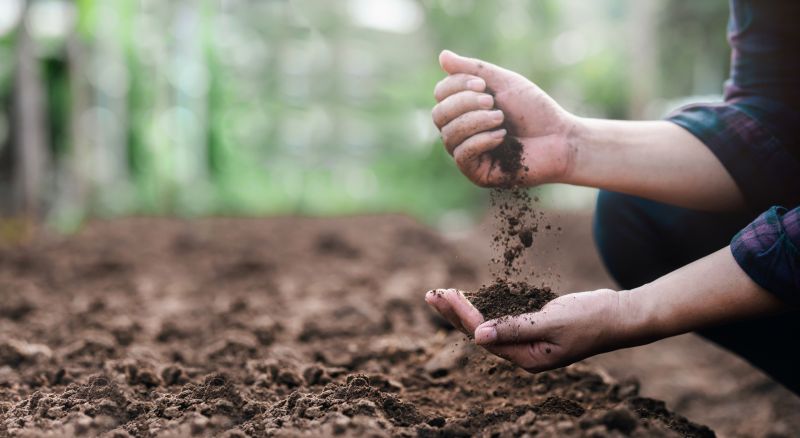
Finishes and colors that play nicely with Top Soil Spreadings.

Little measurements that prevent headaches on Top Soil Spreadings day.
Top soil spreading involves distributing a layer of nutrient-rich soil over existing ground to improve fertility, drainage, and surface stability. This process is crucial for landscaping, gardening, and agricultural projects. Proper timing enhances soil integration, supports plant growth, and reduces erosion risks. The ideal time varies based on local climate conditions, intended use, and soil characteristics. Typically, spring and autumn are preferred due to favorable weather conditions, but specific project requirements may dictate different timing.
| Season | Optimal Conditions |
|---|---|
| Spring | Moderate temperatures, increased moisture, ideal for seed germination. |
| Autumn | Cooler weather, soil settling before winter, supports root development. |
| Summer | Not recommended during peak heat, risk of soil drying and erosion. |
| Winter | Unsuitable in cold regions due to frozen ground and limited plant activity. |
| Post-Construction | Immediately after construction completion for land preparation. |

A 60-second routine that keeps Top Soil Spreadings looking new.
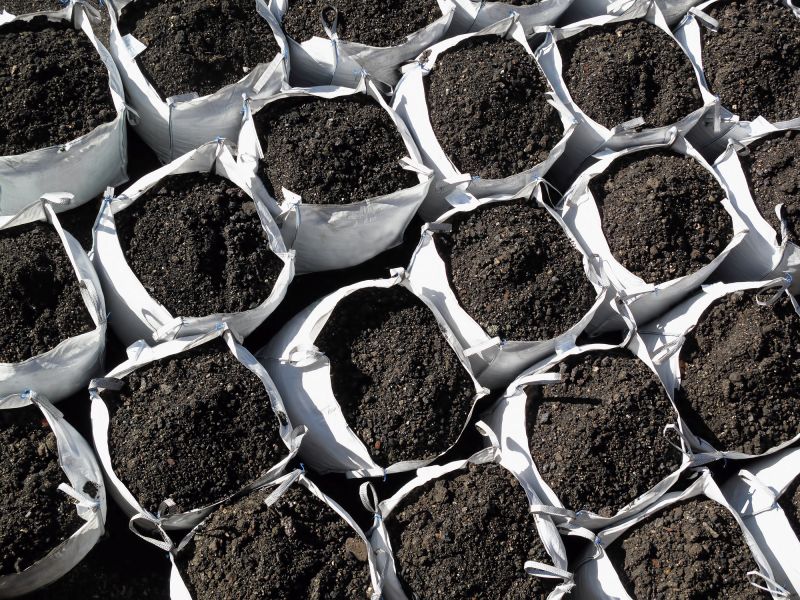
A frequent mistake in Top Soil Spreadings and how to dodge it.
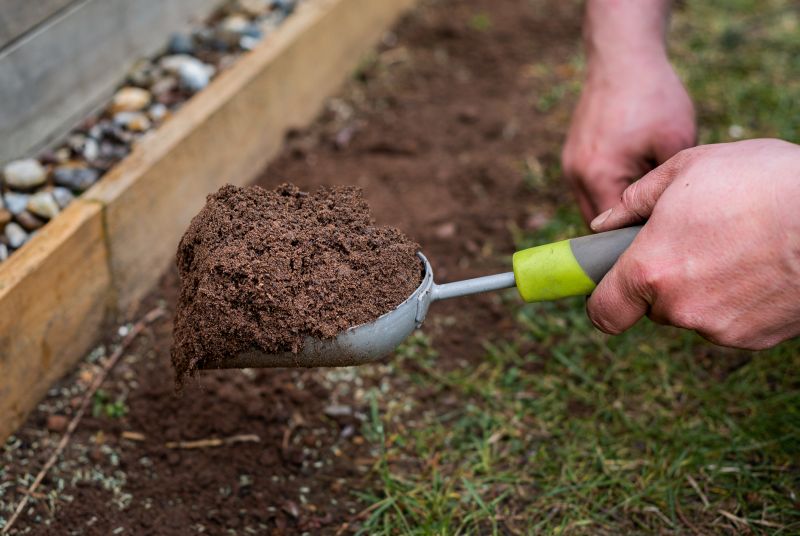
Small tweaks to make Top Soil Spreadings safer and easier to use.
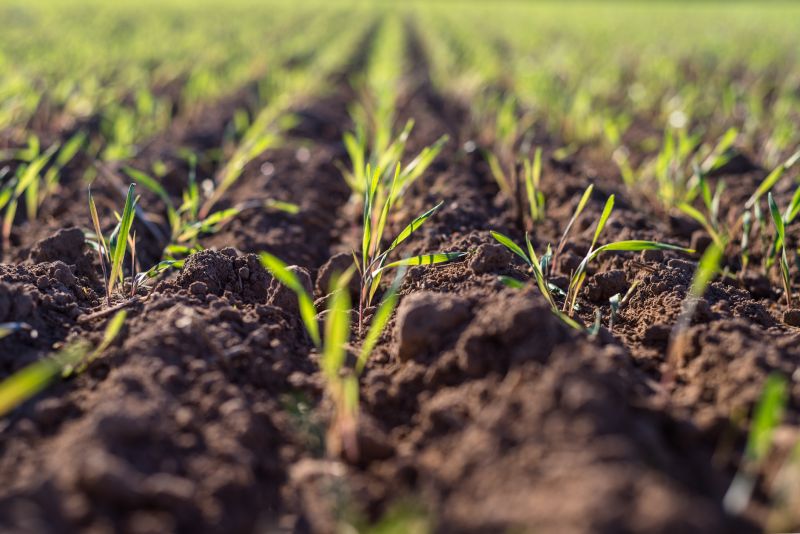
Lower-waste or water-saving choices for Top Soil Spreadings.

The short, realistic tool list for quality Top Soil Spreadings.
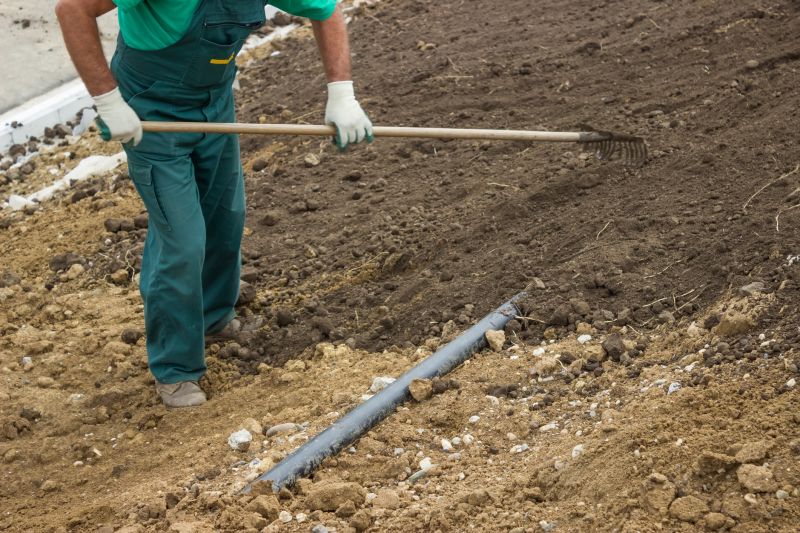
Rough timing from prep to clean-up for Top Soil Spreadings.
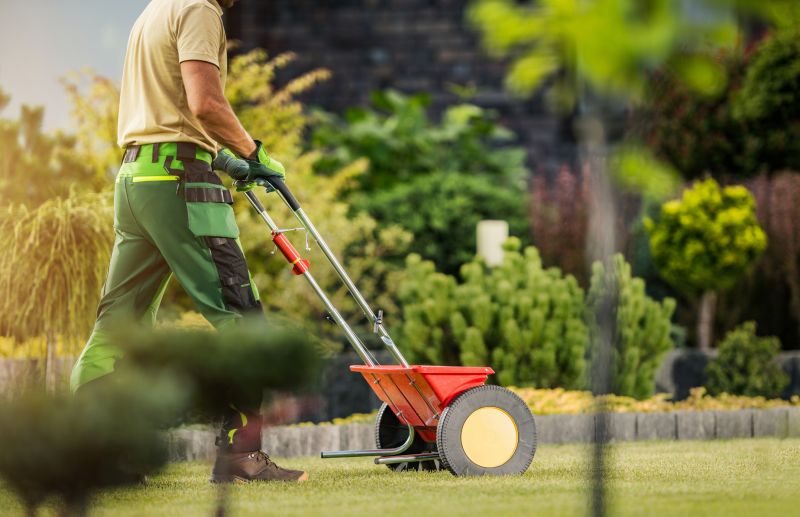
Quick checks and paperwork to keep after Top Soil Spreadings.
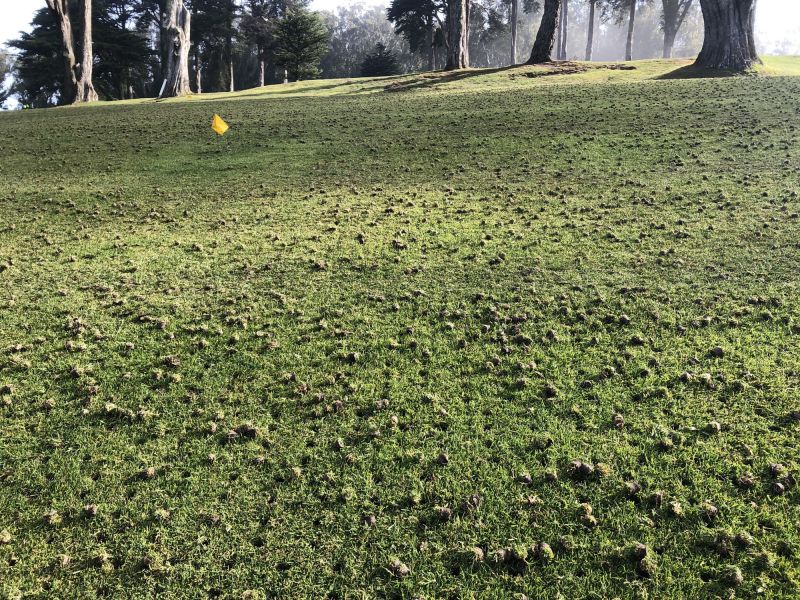
Examples that show the impact a good Top Soil Spreadings can make.
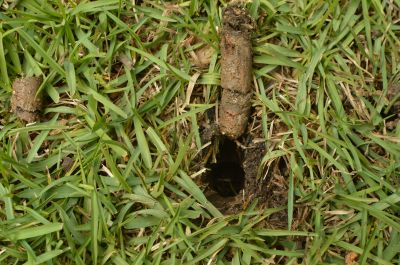
Ways to make Top Soil Spreadings work in tight or awkward layouts.
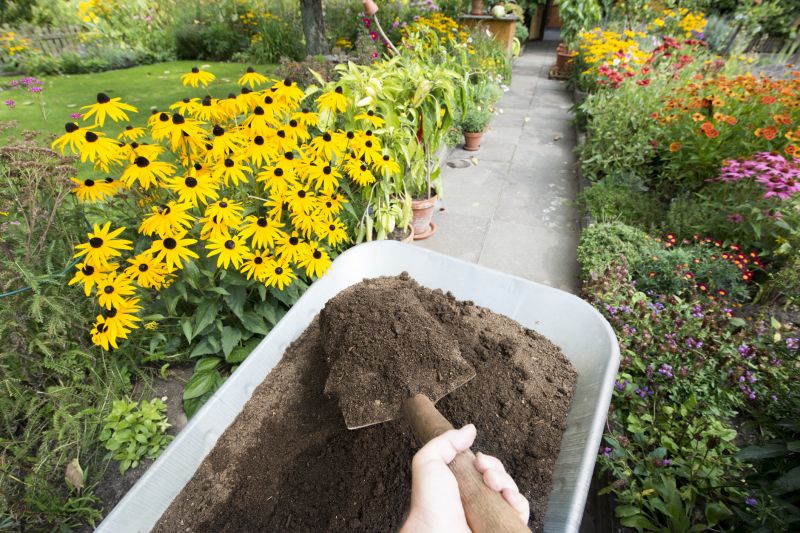
Ways to make Top Soil Spreadings work in tight or awkward layouts.
For those considering top soil spreadings, understanding the best timing ensures optimal results. Proper scheduling aligned with seasonal conditions supports soil stability, enhances nutrient availability, and promotes healthy plant growth. Consulting with soil specialists or landscape professionals can help determine the most suitable timing based on local climate and project goals.
Interested in scheduling top soil spreading for your project? Filling out the contact form provides an opportunity to discuss specific needs and receive tailored guidance on timing and preparation.



